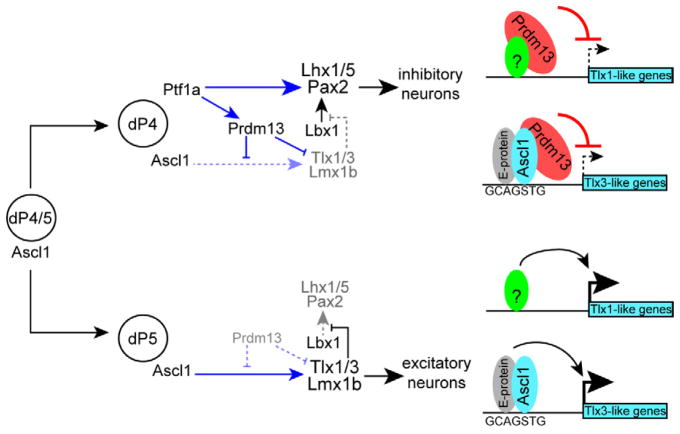Figure 7. Transcriptional network controlling the balance of inhibitory and excitatory neurons in the dorsal spinal cord.
Progenitors in the ventricular zone express Ascl1. In the absence of Ptf1a, these cells become excitatory neurons (dP5 lineage) through Ascl1 induction of the HD factors Tlx1/3 and Lmx1b. Tlx1/3 repress the Lbx1-dependent induction of Pax2 and the inhibitory neuronal program. Ascl1 regulates Tlx3 directly whereas Tlx1 may be indirect. Ptf1a is upregulated in a subset of the Ascl1 progenitor cells directing their fate to inhibitory neurons (dP4 lineage) through induction the HD factors Pax2 and Lhx1/5. Additionally, Ptf1a directly increases levels of Prdm13 that in turn suppresses Tlx1 and Tlx3, ensuring a suppression of the glutamatergic program in the inhibitory neurons. Prdm13 works through at least two mechanisms; one being Ascl1-dependent possibly involving a novel transcriptional repressor complex for Tlx3-like genes, and the other Ascl1-independent requiring some other activator (green circle) for Tlx1-like genes.

